Designing with neurodiversity in mind – 6 key principles to creating an inclusive living space drawn from first hand experience and expert advice
Designing with neurodiversity in the mix doesn't have to be expensive or complicated. We explore the main areas where design tweaks and inside knowledge help create a home that works for everyone
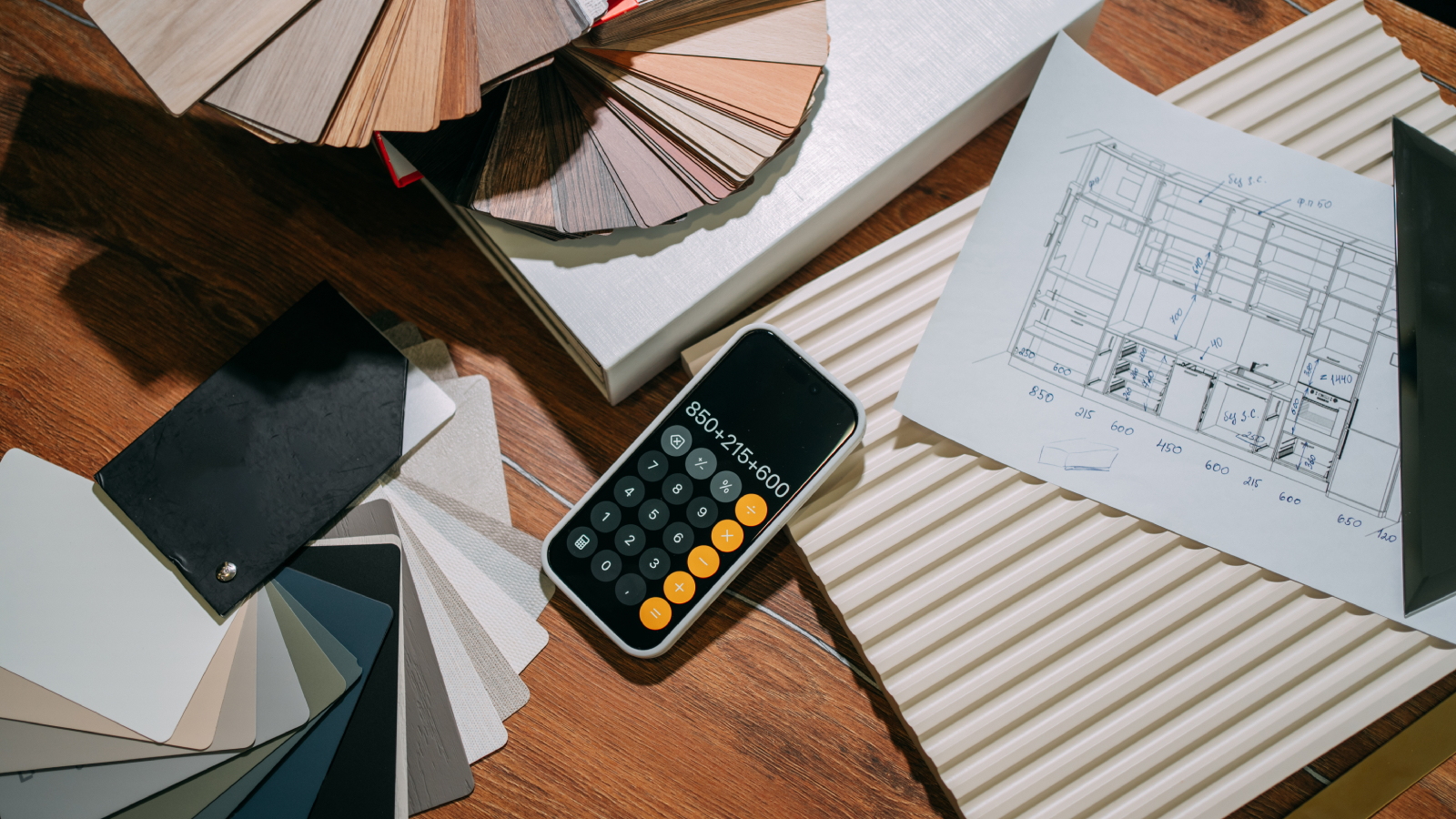
"Mum it's too noisy. Mum it's too bright. Mum I didn't want that colour. Mum it's itchy. Mum I can't find it." These are all daily refrains that have peppered my home life for as long as I can remember.
Once I knew the cause, understanding the complaints and preventing them became far easier. But if designing a home with neurodiversity in mind is new to you, it may feel like an insurmountable challenge – particularly when neurodiversity covers a wide range of different conditions. It means that what works for someone with ADHD for example, might not work for someone with autism.
So how do you create a happy, calming and practical self build or successfully renovate when everyone's needs differ? Based on my own personal experiences, and the advice of experts, here are some top tips for designing a home with neurodiversity in mind.
Understanding neurodiversity and home design
Although awareness of the need to consider neurodiversity in design is far greater than ever before, it wasn't until 2022 that British Standards guidelines were put in place in the form of PAS 6463:2022 Design for the mind – Neurodiversity and the built environment. The guidelines within apply both to buildings and external spaces for public and commercial use, and to residential accommodation for independent or supported living. While they don't directly include reference to private individual homes, some of the advice in there is of course still relevant.
The reasons for needing such standards? Navigating the built environment is a far different experience for someone with neurodiversity.
Neurodiversity can cover, but isn't limited to ADHD, autism, dyspraxia and dyslexia. But, there isn't, and will never be a "one size fits" all solution.
"Probably the most important is to explain when designing with neurodiversity in mind is that that no two neurodiverse people are the same," confirms Gillian Scampton, director at Pedder & Scampton Architects Ltd.
Bring your dream home to life with expert advice, how to guides and design inspiration. Sign up for our newsletter and get two free tickets to a Homebuilding & Renovating Show near you.
"They will have many different and often conflicting issues and concerns and levels of need. For example, some autistic people hate loud noises and some love them, and some love showers and hate baths and vice versa. So ideally any project for a home for a neurodiverse person will start with gathering information about the individual’s needs."
I know personally from living with my sons that the simplest things can be triggers, and what one can tolerate, the other can't. Getting the balance right can be tricky.
"Looking at autistic individuals, home is more than just a place to live," adds Christine Flintoft-Smith, head of autism accreditation and projects at the National Autistic Society.
"It’s a sanctuary where they can decompress, regulate, and process their experiences of the outside world. Just as every home is unique, so too are autistic people, each with their own distinct needs and preferences. That’s why the cornerstone of inclusive home design must be collaboration with autistic individuals and their families.
But, while every design should be tailored to the person it serves, there are overarching principles that can guide these conversations and inform thoughtful, neurodiverse-friendly environments," says Christine.
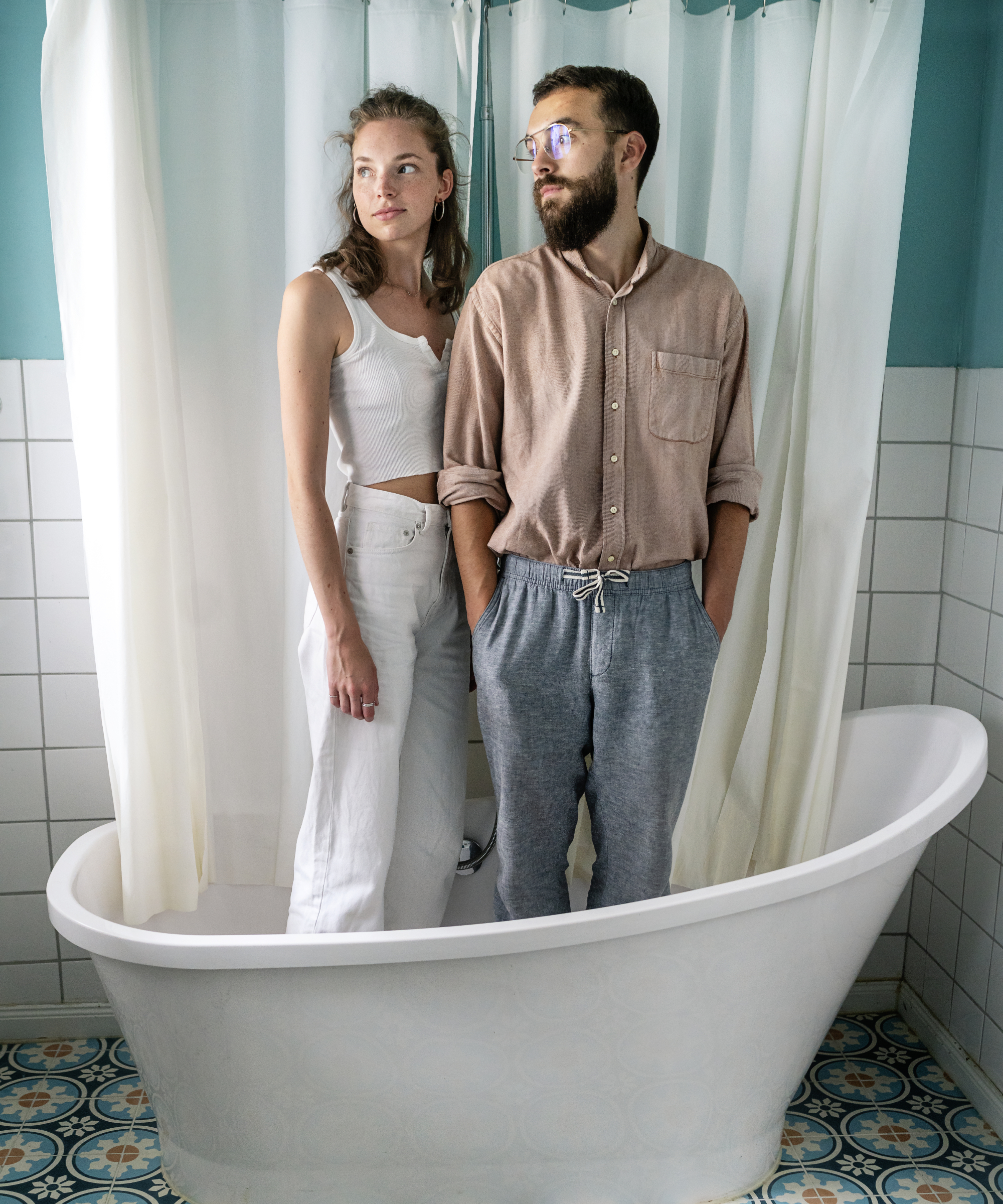

On completion of her architectural training at Cambridge University Gill worked in a number of practices before founding Pedder & Scampton Architects with Helen Pedder. Over time, alongside private homes, she developed an expertise in designing enjoyable and practical community and training spaces for homeless people and others who often experienced mainly poor quality environments, using simple materials in interesting ways to make the most of tight budgets. These projects led to their current specialism in designing for Neurodiversity. They have developed knowledge in this area over the past 15 years, working on day centres, education and residential projects tailored to the specific needs of neurodiverse people. Their understanding of the spatial and sensory needs of the neurodiverse comes largely from lived experience, developed from many conversations with neurodiverse people, their family and carers.

Christine Flintoft-Smith is Head of Autism Accreditation and Projects at the National Autistic Society, where she has worked since 2005. Over the past two decades, Christine has held a variety of roles within the charity, contributing to its mission of creating a society that works for autistic people. In her current role, she collaborates with professionals across all sectors to upskill and empower them to understand and support autistic individuals effectively, with the aim of improving outcomes in every area of life. With both personal and professional connections to autism, Christine brings a deep, lived understanding to her work. Her experience working alongside autistic people and their families informs a passionate commitment to building a better future for all neurodivergent individuals
1. Accomodating sensory differences
Hate bright overhead lights? While my sons will think nothing of putting all the lights on in the main living areas, head to their bedrooms and you'll never find a ceiling light on. Both have had on and off relationships with colour changing LED lights (great for a dopamine hit), but in general, there's a small bedside light and that suffices for them.
So why does lighting impact neurodiverse personalities so much?
"Many autistic people, for example, experience heightened or reduced sensitivity to sensory input," explains Christine Flintoft-Smith.
"Design should aim to minimise sensory overload while offering safe opportunities for sensory exploration", says Christine, citing lighting, sound and smell as three areas where you will need to explore your options.
She suggests the following:
- Lighting: Prioritise natural light and avoid harsh fluorescent bulbs. Dimmer switches and adjustable lighting allow individuals to manage brightness according to their needs.
- Sound: Use soft furnishings like carpets and curtains, acoustic panels, and quiet appliances to reduce ambient noise.
- Smell: Choose low-odour paints and materials, as some individuals may detect lingering scents long after others no longer notice them.
Gillian Scampton expands on sensory impact, explaining how avoiding ceiling mounted downlights is a good option too.
"Make as much of the lighting as possible concealed," she suggests, "build it into joinery and put it all on well specified dimmers to avoid any buzzing or flickering. Many neurodiverse people like extremely low light levels, a few the opposite.
"Another suggestion is to include blackout blinds when choosing window coverings," she adds, "so the sun and natural light can also be controlled."
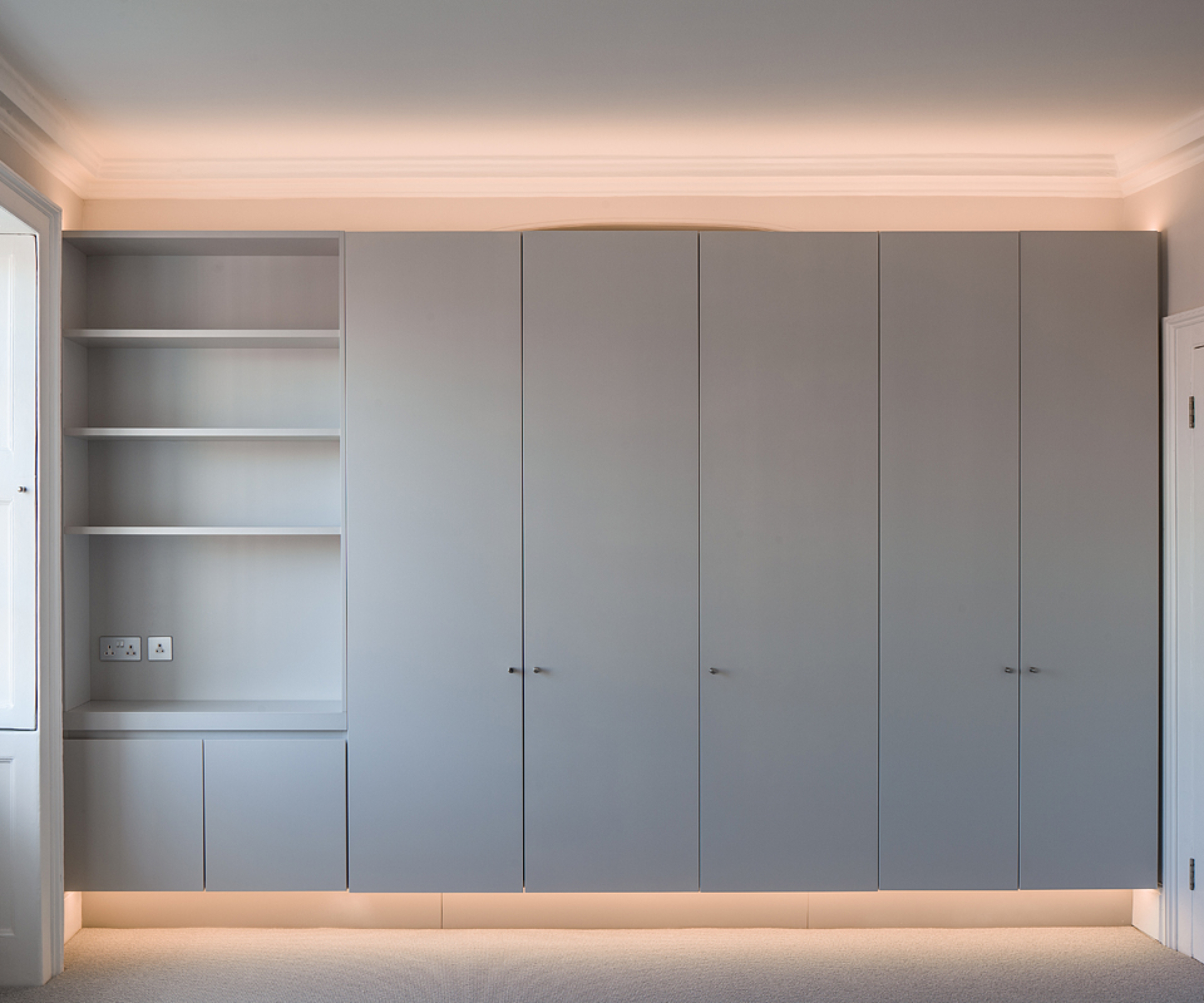
My personal recommendation? Head to QuietMark and purchase items that have been recognised as having this standard.
At 20 years old my son still can't tolerate the sound of the hoover or steam iron, and when the dishwasher beeps to say it's finished, the three series of beeps has made him leave the room on more than one occasion.
"Avoid noisy appliances in the kitchen such as extractor fans," confirms Gillian. "Sound proofing should also be good enough that you don’t hear noises from above or next door. Someone else’s washing machine going will be more distressing than your own.
"Really good ventilation and air quality generally is also something worth considering," adds Gillian. "MVHR is great as neurodiverse people can be very sensitive to smells – for example scented cleaning products."

Texture and surface finishes may need consideration too
As well as lighting, sound and smell, I'd also say it's also important to consider texture and surface finishes when designing with neurodiversity in mind. I could never understand why my eldest son hated clean bedding day. I'd never known anyone not enjoy the feeling of getting into a freshly laundered bed, until my son arrived on the scene.
They may well have been the same sheet, duvet cover and pillowcase he'd slept in the week before, but once they had that newly washed and ironed feel, it was game over. A sleepless night would ensue until he'd wriggled around in them enough to make them feel more like home.
Certain blankets, throws, cushions have all been subject to rejection too, along with flooring that doesn't feel right to walk on, carpets that are too itchy, sofas that are scratchy, plates that make too much noise when you use a knife to cut food.... you get the idea.
My youngest will currently only sleep with a duvet cover that feels like the muslin cloths he had as a child. My eldest insists on silk pillowcases and carries them even when travelling. It may sound privileged to some, but for them it's regulating sensory overload.
Shop for quiet appliances

Bosch’s EcoSilence Drive™ is so quiet that sometimes you might forget it's even on. The brushless, energy-efficient motor is quiet in operation, has an especially long life and comes with a 10-year parts warranty.
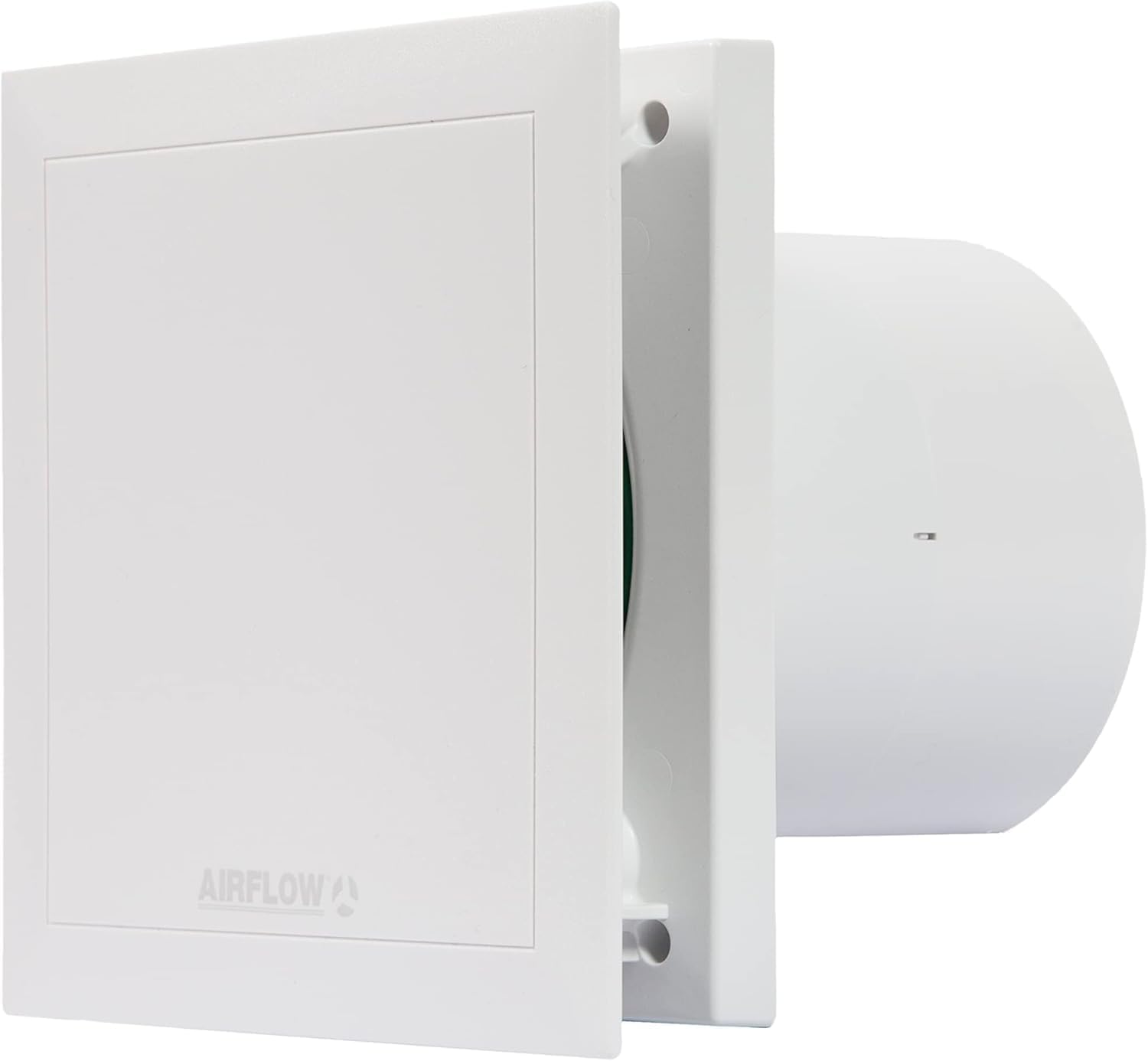
The fan operates at an exceptionally low noise level of 25 dB(A), ensuring a tranquil environment while maintaining effective ventilation.

Quiet Mark certified, this household vacuum has a small footprint and a Hygiene AirClean Filter for high dust retention.
2. Understanding the impact of colour
If lighting, sound and smell impact the senses, then it's not surprising that colours do too. While younger children with ADHD may find bright primary colours good for stimulation in a playroom, keeping the colours more muted in a bedroom can aid sleep and prevent over stimulation.
As a parent, it can feel like there's a constant battle between evoking apathy and action – too little dopamine and they can be rendered inactive, too much and the hyper focus can quickly turn into lack of focus. So, how do you choose a bedroom colour scheme for a child with neurodiverse needs?
"A good plan for a bedroom for a neurodiverse child is to paint it white and start with nothing in it apart from a bed," says Gillian Scampton, "and then just add in the possessions and colours that they say they want, nothing more. Visual clutter, strong patterns, exposed pipework, shadows can all be difficult," she adds.
Something I eventually learnt from experience, having tried colours and patterns in my son's bedroom, but ending up having to accept that white, grey and black are far more suited to a sleep-inducing environment.
"Colours are really individual but white, soft grey and green tend to be better than reds and yellows," adds Gillian, although as it's already been made clear, there isn't a set rule book that suits all. Some individuals will like areas of strong colour.
On the whole though, "opt for neutral tones to reduce visual overstimulation and create a calming atmosphere," says Christine Flintoft-Smith.
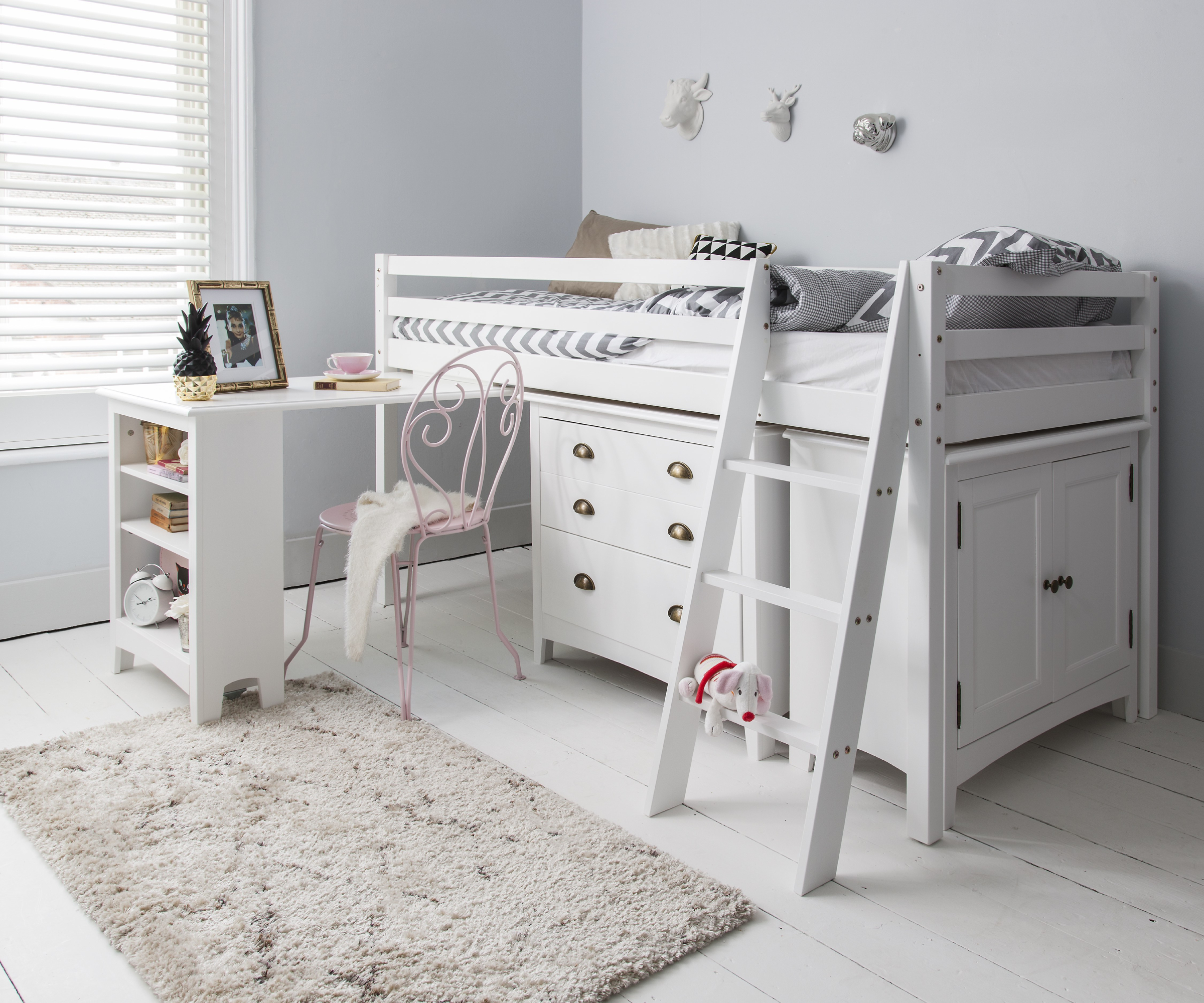
3. Spatial planning and location
Although everyone is keen for the flow throughout their home to feel comfortable and work well, it's even more important when designing with neurodiversity in mind say both our experts.
Movement is important when designing with autism in the mix, says Christine Flintoft-Smith. "Incorporate open spaces and wider passageways to support self-regulation through movement. Outdoor areas can also provide valuable space for physical activity," she suggests. "Colour-coded zones can also help visually distinguish rooms and reinforce their purpose, aiding orientation and routine.
"And, don't forget to account for physical support needs and ensure adequate space for mobility aids or specialised furniture," notes Christine.
"‘Liminal’ or non specific spaces are also helpful," adds Gillian Scampton. "Porches with somewhere to sit when going in or out, generous hallways and corridors can all soften the transitions between one space and another.
"Curves are appreciated and layouts should be direct not convoluted," she advises. It can also mean open-plan layouts are not always suitable when designing a self-build. A broken-plan layout may be more suitable instead.
"Often autistic people associate a room with a specific use – a kitchen is for cooking, a living room is for relaxation etc," she explains, "so separate rooms rather than open-plan layouts are good. A kitchen in a separate room also means that the smells and sounds of cooking can be contained, which can help avoid sensory issues.
"Also think about where you put rooms that generate noise," continues Gillian. "Try to avoid having, say, a utility room with a washing machine and tumbler drier next to a bedroom or living room – low hums and rumbles can be really distressing."
And, while entering and leaving may seem relatively simple, it's actually important to about the route to the front door says Gillian. For example, when designing apartments for neurodiverse residents, she will ensure there is enough space and good sight lines to avoid unexpected encounters, and also avoid placing doors opposite each other.
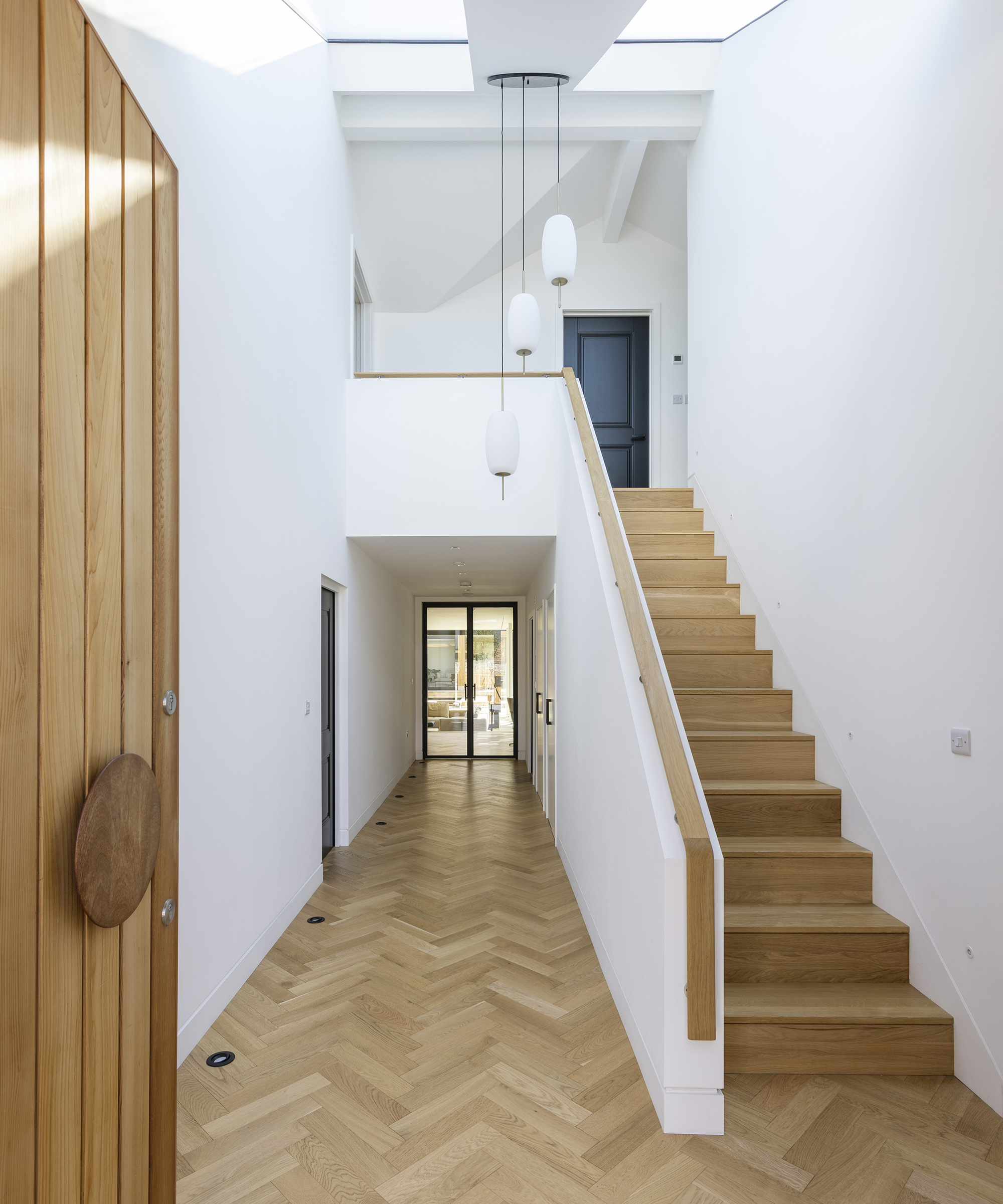
4. Safety and security
When thinking about safety and home security, there are some areas where extra precautions can be beneficial, and likewise those where simple tweaks can make enough of a difference.
In my case, we all struggle at home with what we refer to as clumsiness, but is more a case of struggling with spatial awareness. The result? If there's a sharp edge or corner it's accepted one of us will bump into it. Something that's not uncommon says Christine Flintoft-Smith who advises, "choosing rounded-edge furniture to reduce injury risks for those with spatial awareness challenges."
However, depending on the scale of the individual needs, Christine says it can also be worth thinking of other areas in the home where safety could be improved.
"Safety is paramount, particularly for individuals with limited awareness of danger. Collaboration with families and carers is essential to identify specific risks," she confirms, citing the following as areas where extra attention to detail can be beneficial:
- Install secure locking systems on doors and windows
- Use non-toxic materials and safe outdoor plants to prevent health issues from accidental ingestion
- Consider isolator taps or stop valves to manage water access for individuals who seek sensory input through water play
- Use intuitive switches, taps, and handles with the advantage that voice-activated technologies can also offer additional autonomy to an individual
5. Storage and organisation
Based on my experiences of ADHD, this is one area in the home I've never quite managed to master with my sons. Differences in executive functioning can make keeping items stored in the right places tricky, and I've tried numerous ways to keep bedrooms tidy, and items where they can be easily found.
Unfortunately, the hours wasted to finding 'lost' items is too many to mention, and I'm still navigating my way around getting the right storage systems in place.
But, if you're keen to explore what can work, there are some basic guidelines that will certainly help say our experts.
"Start by ensuring storage is accessible, clearly labelled, or transparent so contents are easily identifiable," suggests Christine.
"Lots of storage in cupboards is ideal," adds Gillian. "This reduces visual clutter and allows rooms to be used more flexibly, as items associated with one activity can be put away when something else is going on.
"In general storage is generally better behind doors, unless it's something to do with a specific interest that a particular resident has," she notes.
I'd also add labelling drawers, boxes and cupboards can all help for neurodiverse children. This doesn't always have to be with words. Pictures of a car on a box containing only toy cars for example is one way of targeting storage in a children's room.
Open wardrobes with items stored by type can also work, as can grouping by colour. Also keeping storage low down so the items are easily visible can help. Out of sight out of mind is without doubt a phrase that resonates with ADHD in my home. If you can't see it, it's easily forgotten, leading either to another payment to ADHD tax (unnecessary spending on duplicate items that are deemed lost), or a rise in stress levels as the hunt for it ensues.
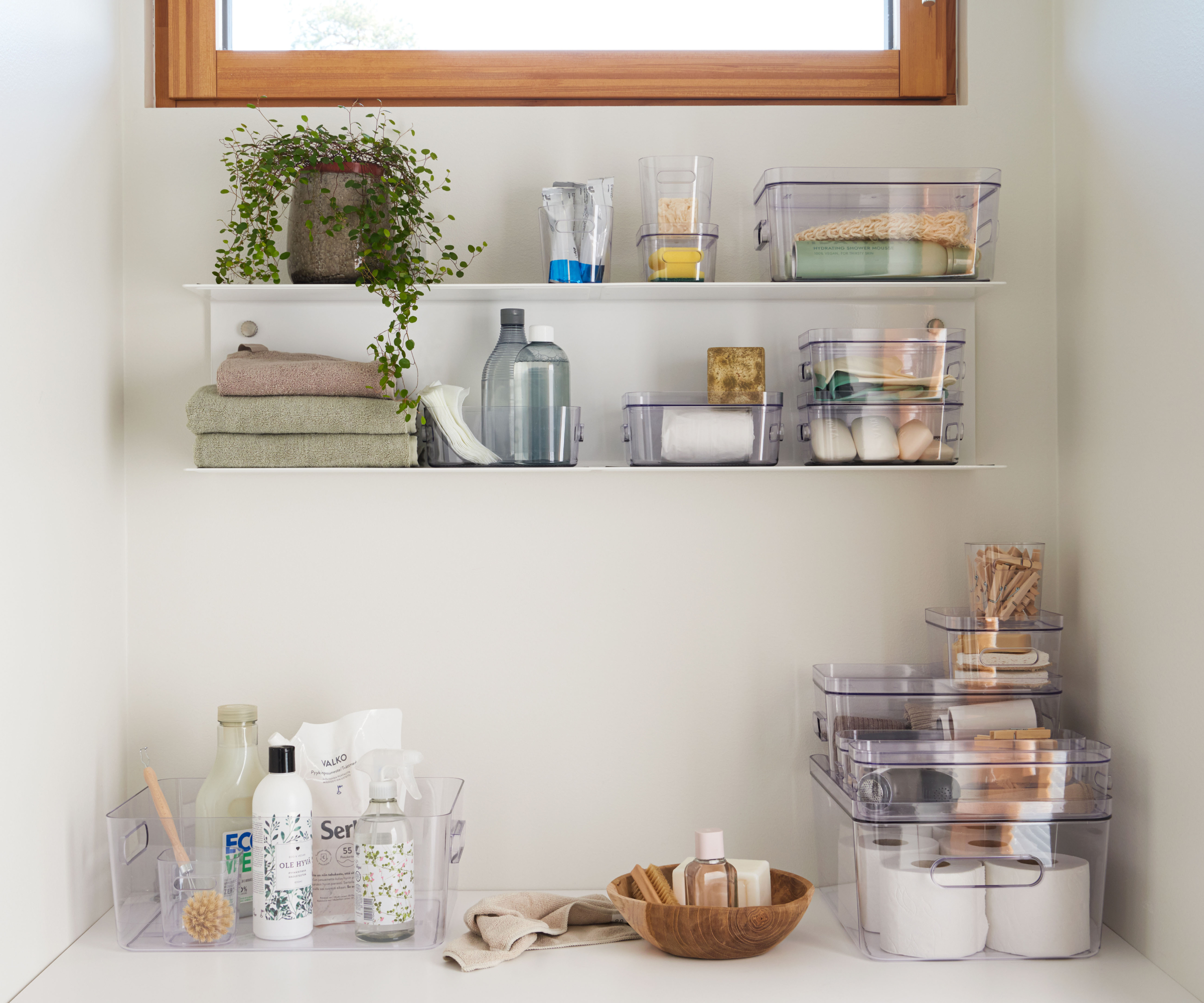
6. A space to unwind and unmask
Although home can feel like a sanctuary for many, a private space within the home is an extra addition that serves a neurodiverse individual well. Or, even a room that's considered their own will be beneficial.
"Many neurodiverse people will come home feeling very distressed from the effort of coping with all the stimuli of the outside world, people at work," explains Gillian. "Something like a busy railway station or an airport comes up most often as the most difficult place to be when we talk to our focus groups. They therefore need a retreat space, somewhere in their home where they can reset," she expands.
"It needs to be calm, clear, quiet, uncluttered, familiar, private, not too hot, sunny or cold," says Gillian. "This could be a bedroom, or a dedicated living space where they can shut the world out.
"But make sure you think about privacy. Often views out are welcomed, particularly views of nature, but being overlooked is uncomfortable," she adds.
"A quiet, low-stimulation retreat space can be invaluable," agrees Christine. "While a dedicated room may not always be feasible, alternatives like a calming nook, a designated corner, or a garden room hideaway can serve the same purpose."
The final advice for designing with neurodiversity in mind?
"The most effective autism-friendly homes are those designed in partnership with the people who will live in them," says Christine Flintoft-Smith. "Listening to autistic individuals and their families – understanding what has worked and what hasn’t can shape environments that truly support wellbeing and independence."
It all needs to start early on in the process too, says Gillian. She recommends, "when choosing a plot or a property to buy consider the context, noise, air quality and views. Try and find somewhere that is generously sized for your needs so the neurodiverse resident has plenty of space. If no garden then a park or green space nearby, will be beneficial."
Finding the right design team is crucial too. "Find an architect, with experience in the field, that you get on with," says Gillian. "Write down a list of things that the neurodiverse person (and their family) find most difficult and most helpful. Find out what are specific interests that need to be accommodated."
Transitions – especially moving to a new home – can be a source of anxiety," adds Christine, "so supporting predictability helps ease this process. Share photos, videos, or arrange site visits where appropriate."
And finally, don't forget to think ahead. "Future-proofing design choices can empower individuals as they transition into adulthood," notes Christine. "Needs evolve over time, so flexibility is key. Multi-use rooms and modular furniture for example will allow families to adapt their space as circumstances change."

Sarah is Homebuilding & Renovating’s Assistant Editor and joined the team in 2024. An established homes and interiors writer, Sarah has renovated and extended a number of properties, including a listing building and renovation project that featured on Grand Designs. Although she said she would never buy a listed property again, she has recently purchased a Grade II listed apartment. As it had already been professionally renovated, she has instead set her sights on tackling some changes to improve the building’s energy efficiency, as well as adding some personal touches to the interior.
